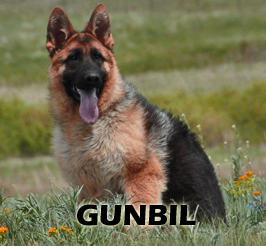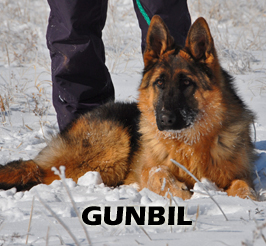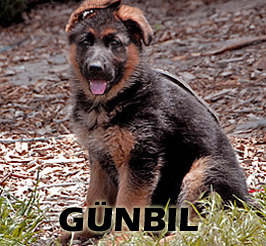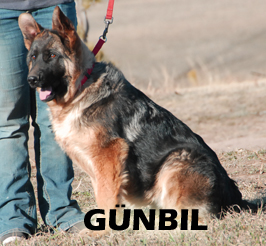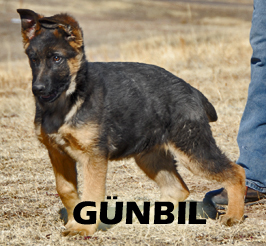
Panosteitis | Growth Associated Bone problems
Not all lamenesses in young dogs are genetic, nor involve joints:
Panoestitis (growing pains in dogs): Affects any of the long bones with a shifting lameness pattern, one or more legs may be affected at any one time. Growth associated problem. Triggering factor(s) unknown. Affected breeds - most commonly seen in the Doberman, less commonly in the GSD (in Australia).
Age affected 5-8 months – can be later as well. Males more commonly affected.
SymptomsShifting lameness in young dogs with no swelling of growth plates. Affects the long bones of any leg with a shifting lameness pattern, usually only one leg affected at any one time. Pain is exhibited when pressure is applied across the shaft of the affected long bone. Most commonly affected bones are the humerus and femur. X-rays show increased intra-medullary density in the affected long bone.
TreatmentResponds well to rest, the use of low grade anti-inflammatories and antibiotic therapy – ie. its treated the same way as a mild bone infection. Dogs usually improve within a few days, but continue antibiotic therapy for a minimum of 3-6 weeks.
DietIdeally, ease off concentrated high protein foods in maintenance level (22-24% protein, 10-14% fat) in order to slow down the rate of weight gain.
PrognosisRecovery generally excellent with no long term adverse effects. There is no known hereditary component, and affected animals can be used for breeding.
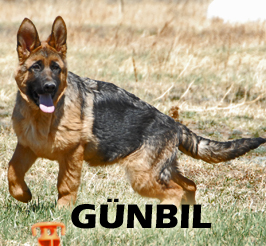
- All About German Shepherd Puppies
- Pet Disease and Allergies
- Hips and Elbows
- German Shepherd Dog Anatomy
- What is Schutzhund
- German Shepherd Behavior
- Quick Tips On German Shepherds
- Our Show Dogs
